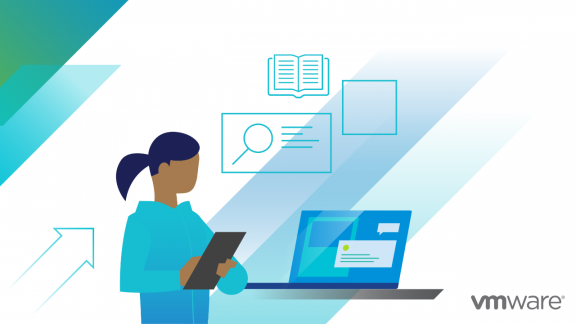Originally published on VMware Industry Solutions

With citizens expecting access to modern applications that mirror the digital experiences in their personal lives, state governments are presented with an opportunity to achieve true application modernization to meet these needs.
According to the new NASCIO VMware study, titled, “Application Modernization is an Imperative for State Governments,” shows how older legacy systems have not had the capacity and capability to meet citizen demand – the pandemic forced action on all states to respond posthaste.
This report provides an overview of the application modernization survey results that were submitted by 42 states in the spring of 2022. The insights from the study will help state government organizations to understand where they stand in their application journeys with respect to their peers in other U.S. states.
The most significant takeaway from the study is that states still have a long way to go for achieving application modernization. Here are some of the key findings:
- 48 percent of respondents indicated that a majority of their applications need modernization.
- 55 percent of the states are not participating in a periodic review of their application modernization efforts.
- 69 percent of respondents have or are considering a documented and active application modernization strategy.
- 31 percent of respondents do not have a documented application modernization strategy.
In addition, when it comes overall application modernization management:
- 41 percent of respondents stated that application modernization is managed at the enterprise level.
- 45 percent of respondents stated that modernization efforts are handled as individual initiatives by each government agency.
- 14 percent are managed neither as enterprise-wide nor on an individual basis.
“Providing enhanced government services for Texans is a top priority for the Texas Department of Information Resources (DIR), and modernizing applications is at the nexus of this effort. We offer an extensive service portfolio, including application assessments and development frameworks, tools, skills, and professional resources to empower every state agency, as well as local government entities, to enhance their services delivered through applications.”
Amanda Crawford, DIR Executive Director and State Chief Information Officer for the State of Texas.
According to the respondents, the top three challenges for achieving true application modernization come down to funding, dedicated staff time and dealing with large legacy systems. However, the expected benefits of modernization include enhanced security, more efficient response to constituent needs, and the ability to make changes quicker and easier.
When it comes to achieving application modernization success for states, the report highlights the following key imperatives:
Determine your risk by measuring the business value of your applications.
Elevate your internal resources by upskilling and reskilling your IT workforce.
Adopt Agile Procurement and Business Relationship Management (BRM).
Making the report truly actionable, it offers application modernization best practices, how to achieve quick wins, and how to achieve Agile Procurement. It also offers recommended plays for creating excellence in application modernization.
Download the full report here to learn more, and register for these upcoming webinars focusing on the findings of this study.








